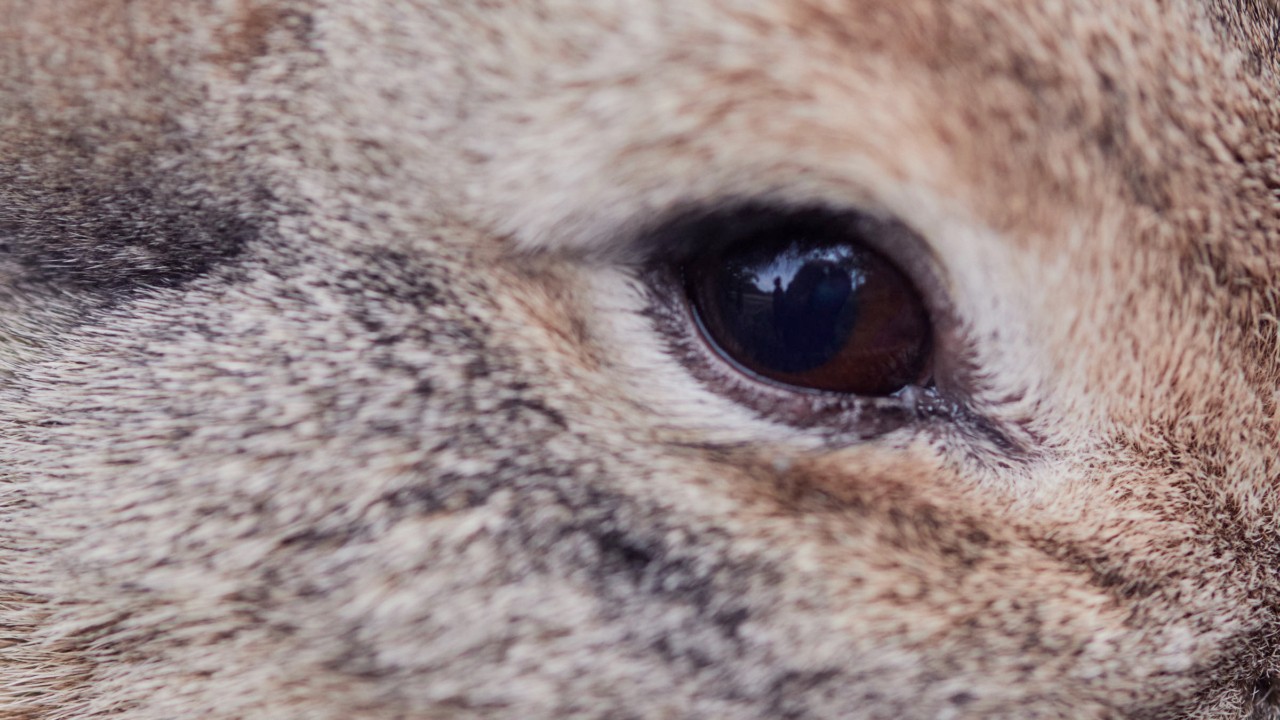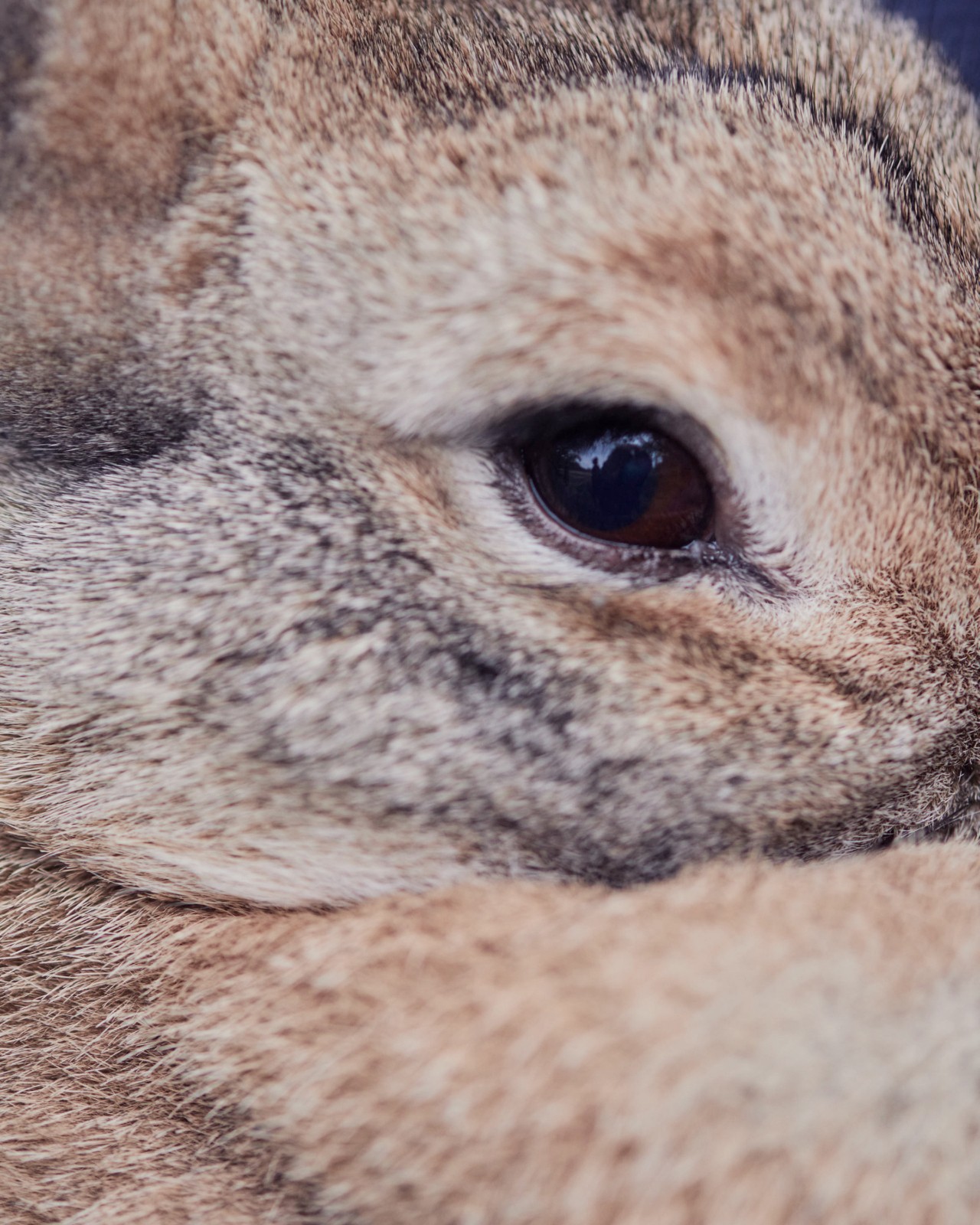

words by willow defebaugh
photograph by arianna lago
“What sane person could live in this world and not be crazy?”
—Ursula K. Le Guin
It’s been exactly one month since Donald Trump was elected for a second term as President of the United States, and I don’t know a single person who isn’t struggling to make sense of it all. This month has been full of Democrats pointing fingers at one another, an entire party shouting their takes on who or what is to blame for this loss. When the human world is cacophonous, I do what I always do: turn to our nonhuman kin for answers. This week, we’re listening to rabbits.
Of all the traits that rabbits are known for, one hops most readily to mind: their elongated ears. The hearing range of wild rabbits spans from 360 to around 42,000 Hz—much sharper than that of humans, which is only 64 to 23,000 Hz. Rather than hunting for prey, they are primarily an adaptation for detecting predators. They can even independently swivel their ears up to 270° in order to tune into multiple sounds simultaneously. In dangerous times, listening can save us.
In addition to being adept listeners, wild rabbits are relatively quiet creatures. While they have powerful hind legs, they hop around on their tiptoes. Most species are known for only one auditory signal: a loud stomp of their foot, a warning sign that’s meant to alert other rabbits to encroaching danger. And when all else fails and predators do creep up on them, they release a bloodcurdling scream. In other words, they know when to make their voices count.
Many rabbits find sanctuary in the earth, burrowing below ground for safety. The most complex burrowers are European rabbits, which create entire underground mazes called warrens. Housing up to 20 individuals, these warrens are a series of interconnected passageways and pockets in which distinct families live. There are often two entrances to a warren, providing an escape in case a predator manages to get through one door—despite being hidden by rocks and bushes.
When rabbits do perceive a threat, they often freeze or find shelter in their burrows. But when pursued, they take on another tactic: confusing their pursuers rather than outrunning them. While they are fast creatures—thanks to their strong legs and pelvic girdles—they use these gifts for quick, erratic movements to evade their predators. Danger can push us to be more agile: to craft new tactics and learn to think on our feet.
It’s tempting to assume that all animals fall are either diurnal (active by day) or nocturnal (by night). But rabbits fall outside this binary: they are crepuscular, meaning they are most active at dawn and dusk (derived from crepusculum, Latin for twilight). This may be yet another safety strategy, choosing to be most active when their predators are either spent from a night of hunting or still waking up. And so, they live in the grey area between light and dark.
Going down the rabbit hole refers to finding oneself in a nonsensical environment. I have decided to meet the bewildering one we have landed in by taking the time to listen to those whose opinions I trust and using my voice when it’s needed. Finding peace and safety in the warrens of community, burrowing underground when I need to. Living outside of black and white thinking, inventing new survival strategies. What else can we do, when danger is afoot?
Down the Rabbit Hole